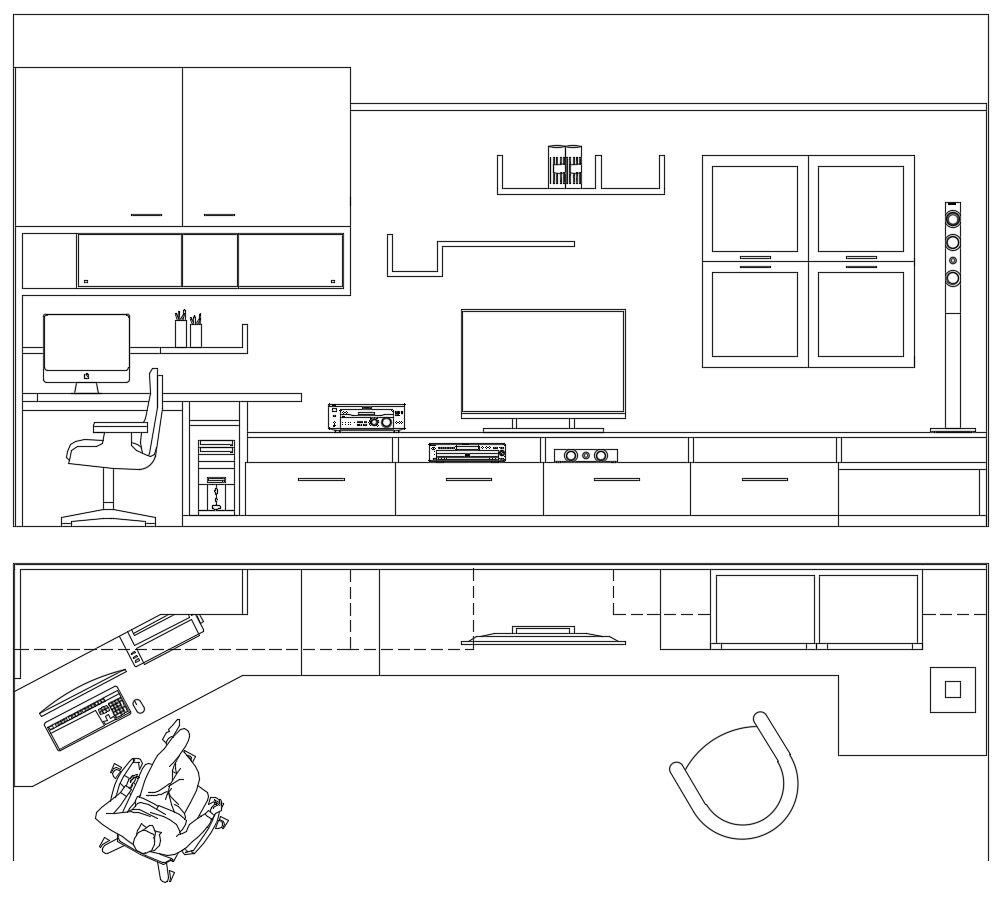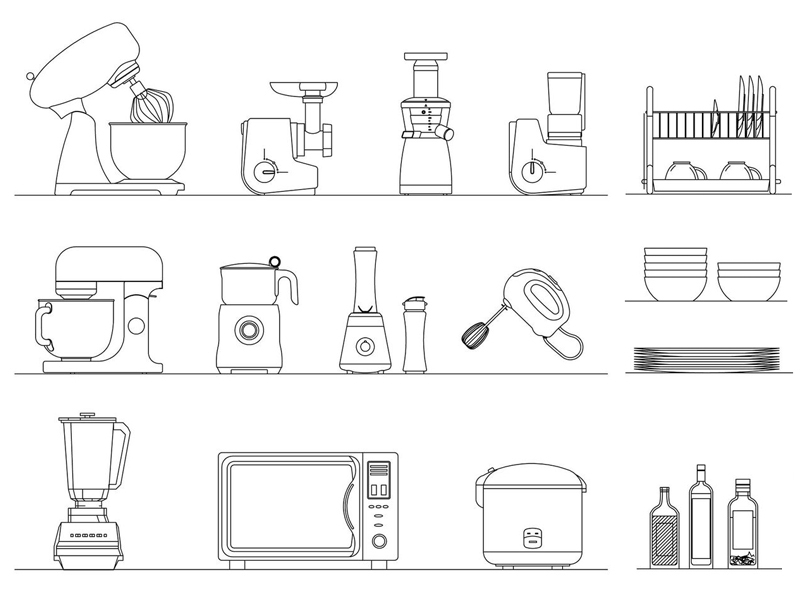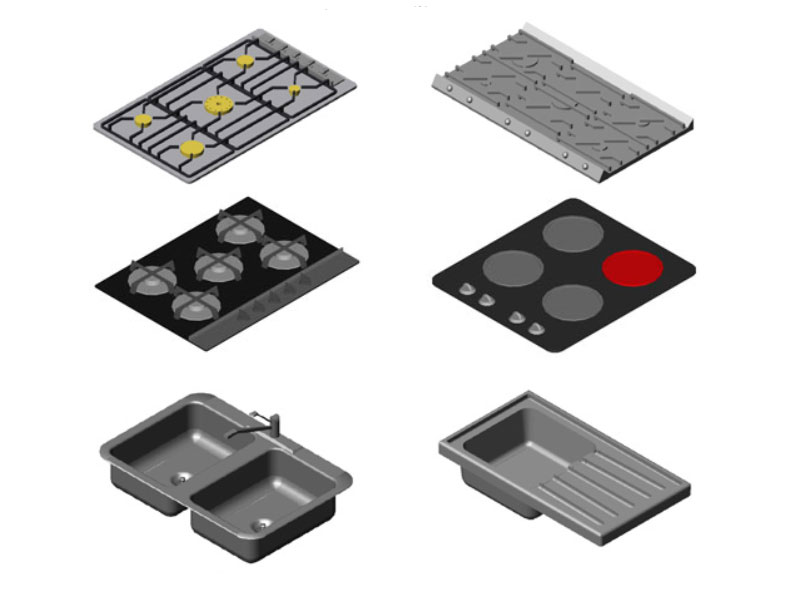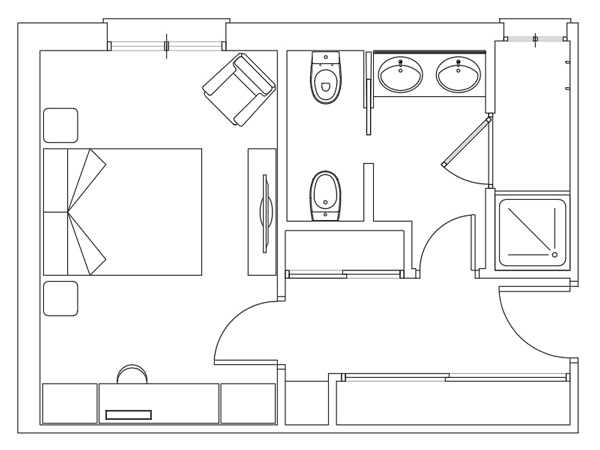Decluttering e Downshifting
Living with the essentials

Lately we hear often about Decluttering and Downshifting, two words that literally translated mean respectively “eliminate what clutters” and “downshift”. These are very distinct lifestyles that have in common the choice to live with the essential, i.e. with only what you really need.
Decluttering
It is presumed to have originated in the Anglo-Saxon countries and, as already mentioned, it means “to eliminate what clutters”. It consists in freeing one’s home from the disorder, generated by unnecessary things accumulated over time, which causes anguish, stress and discomfort to the person who lives in that environment.
A question arises spontaneously. If this accumulation of things brings bad mood and unhappiness, why doesn’t that person get rid of it?
It must be understood that it is not easy to detach yourself from your own things for three main reasons:
1. The laziness. Deciding to start cleaning and tidying up involves physical and mental effort, especially for those who work and have little time to rest.
2. The affective value. Each object kept in the house has its own story. It may have belonged to a loved one, it is the memory of a trip or it is the gift given to us by a loved one. This causes difficulties in detachment.
3. Repentance. This is a reason that is often not linked to the memory that a given object arouses but to the insecurity that one has in detaching from it, due for example to the economic aspect or because it is believed that it will be useful in the future.
To practice decluttering you need to overcome these three situations by following these simple steps:
1. Don’t make excuses. This point is essential. Undertaking the reorganization of a given place without the willingness to finish that work can lead to a worse situation.
2. Find the time. 5 minutes a day is enough to start practicing decluttering. The important thing is to GIVE YOURSELF A TIME within which the work started must be finished.
3. The third point introduces the practical aspect. The first thing to do is to create a list of the rooms to rearrange, putting the least messy one on top and ending with the most chaotic one.
4. Take a photo of the room before and after tidying up. This will serve to give a moral boost and the desire to continue.
5. Equip yourself with 4 boxes on which to write THINGS TO KEEP, THINGS TO THROW, THINGS TO REUSE, THINGS TO DONATE, inside which the objects to be kept, because they are really necessary, or they will be sorted according to the conditions in which they are poured.

6. In case you do not know where to place some objects, a fifth box will be created on which it will be written UNDECISED. This can be housed in a storage place for 12 months necessary to check whether these are still useful or not. After the established term, if not used, you can get rid of the aforementioned objects.
7. Differentiated. The environment must also be taken into account, so everything that you decide to throw will be differentiated according to the material it is made of.
8. With reference to the “TO DONATE” box, you can decide whether:
- Create a flea market.
- Selling items on the Internet.
- Donate it to a charity.
- Create a party between acquaintances where you can exchange items.
Practical tips for tidying up the kitchen and wardrobe
The kitchen
The kitchen is one of the environments that most needs an excellent organization to avoid unnecessary waste of time in looking for accessories or ingredients that are needed for the creation of a dish.
The advice is to divide the kitchen into three distinct areas:
- Conservation area: this area includes the refrigerator for fresh and frozen foods, the top unit, or the wall unit above the fridge, for storing canned or long-life foods and the top shelf inside the wall units for storing used accessories. less frequently.
- Washing area: the washing area consists of the dishwasher, the sink base equipped with baskets or trolleys with special compartments for storing detergents and waste bins, the dish drainer in which to store dishes, glasses and bowls used daily.
- Cooking area: this is the most complicated area to organize. Part of it is the base for the hob, generally equipped with three drawers. In the first drawer you can put the cutlery and small accessories, in the second you can put tablecloths and tea towels and in the third, the deepest, pots and pans. In the space above the retractable hood and in the wall units that flank the hob, the ingredients that are used daily as containers of spices and pasta must be inserted. Finally, all the bulky accessories and those suitable for the oven can be placed in the oven column.
The closet
The wardrobe is the piece of furniture that over time tends to get more messy, because you buy new clothes without getting rid of the old ones. In order to tidy up the wardrobe, first of all, empty it completely, placing its contents on a large surface such as the double bed and, after cleaning and disinfecting it, the various stages of decluttering can be performed.
After sorting, it is advisable to arrange the clothes held in the following way:
Use the central column as a COMMON space and the side columns for yourself and your partner. Hang trousers and T-shirts with hangers so as not to crease them, place elegant clothes at the top while those for everyday use at the bottom. Arrange all items by color, from light to dark and by length. In the central part, put new underwear or towels still in box on the top shelf, hang jackets and jackets preferably stored in protective bags on the rod, while suits and clothes for the home in the chest of drawers.
Finally, arrange, in suitable containers, the garments of the past season in the empty space under the hanging clothes.
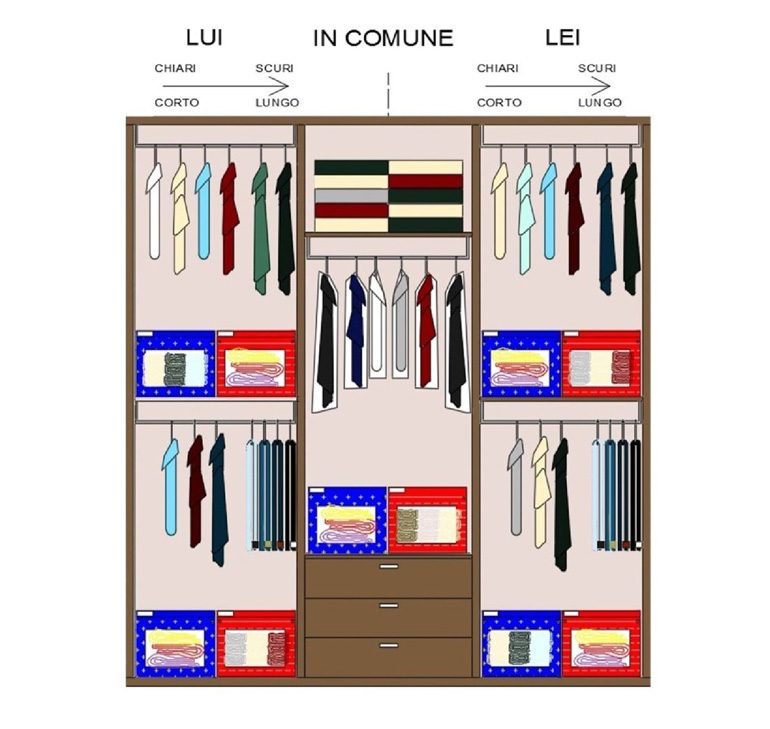
Practicing Decluttering must be a conscious and well-considered choice as once you have taken the decision to get rid of your things, it will be difficult to get them back. On the other hand, having a clean and well-ordered home also helps the psycho-physical aspect of a person, improving their life and social relationships.
Downshifting
While decluttering may seem like a drastic life change, downshifting is even more so. It is assumed that it too was born in England, probably among wealthy people, who, tired of dedicating their lives to work, began to reduce the hours dedicated to it by choosing a lifestyle that is less rewarding in economic terms but more fulfilling such as personal life, being able to devote himself to his family and hobbies. Hence the name downshifting or “downshifting“, slowing down one’s way of life by choosing a simpler one, abandoning excess and living only with what is necessary. Unlike decluttering, downshifting does not provide for real rules but for life choices that mainly lead to reduce working hours to dedicate oneself to oneself and live in a more sustainable way.
- Downshift gear. The first principle to adopt to adhere to downshifting is to live more slowly, reducing your pace, freeing yourself from the hectic life and gaining more time for yourself, for example by choosing to walk or use the bicycle at the expense of the car or public transport.
- Reduce working hours. If this is not possible with the current employment, it will be necessary to replace it with one that can allow you to work less.
- The family. This is one of the main reasons why you decide to join downshifting. Spending more time with loved ones and being present in their important moments brings great personal joy.
- Making little dreams come true. Having more time at your disposal means being able to make your dreams come true, such as learning to play an instrument, attending a cooking or dance course or engaging in activities that make you happy.
- Ecology. Adhering to downshifting also means taking care of the environment, preferring zero-kilometer foods, ecological vehicles and using recyclable products.
- Enjoy the present. During life we always think of accumulating things or money for the future by depriving ourselves of it in the present. In downshifting, the opposite rule applies, that is to enjoy the present while thinking little about the future. This does not mean wasting all your possessions, but enjoying the present more by benefiting the happiness of oneself and of those we love.
These are the 6 “rules” that summarize the lifestyle choice of a pure downshifter. Not everyone, however, has the opportunity to follow them to the letter as only those who are economically well and do not have a family can do so. An ordinary person can, however, approach downshifting, choosing to follow a simpler lifestyle, minimizing unnecessary expenses, enjoying the present and their family.



























































